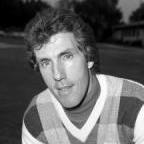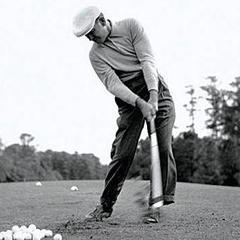IGNORED
Strength and Depth of Field in Jack's Day and Tiger's Day
Strength and Depth of Field
90 members have voted
-
Topics Being Discussed Right Now on The Sand Trap
-
- 114 replies
- 12,907 views
-
- 7,056 replies
- 755,875 views
-
- 1 reply
- 70 views
-
- 359 replies
- 77,155 views
-
Gained a Lot of Club Speed in a Couple of Days With the Same Effort. Try This Out!
By p1n9183, in Instruction and Playing Tips
- 16 replies
- 1,649 views
-







Recommended Posts
Create an account or sign in to comment
You need to be a member in order to leave a comment
Create an account
Sign up for a new account in our community. It's easy!
Register a new accountSign in
Already have an account? Sign in here.
Sign In Now